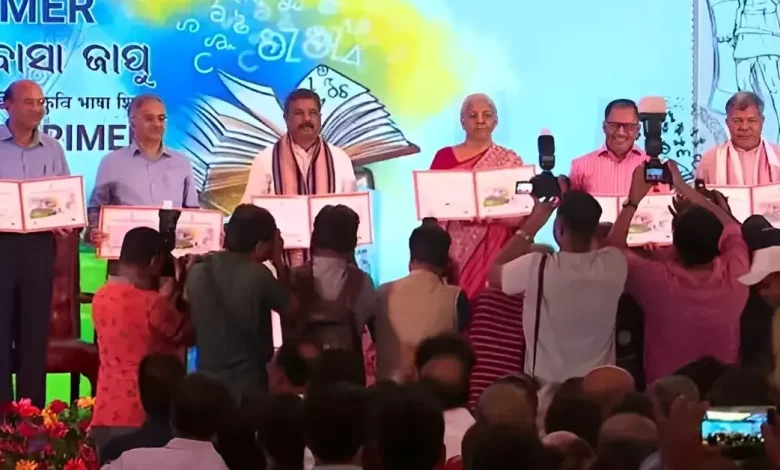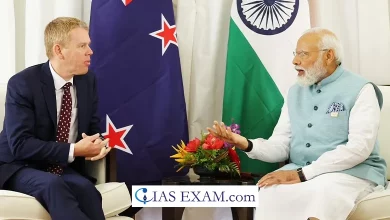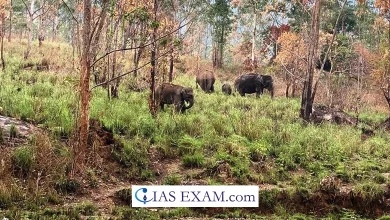
Context- The Union Ministers for Education and Skill Development and Ministers for Economic Affairs and Enterprise have launched ‘Kuwi and Desia’ books in Bhubaneswar, Odisha to create a strong educational base, preserve and promote the cultural, linguistic heritage and identity of the tribal community. of Odisha.
Key Highlights
- National Council of Educational Research and Training (NCERT) has developed “Kuwi Primer” and “Desia Primer” in collaboration with Odisha Central University and Department of Posts.
- These books are specially tailored for children who speak Kuwi and Desia tribal languages in the undivided Koraput region of Odisha.
- It aims to provide children with a strong educational foundation and preserve and nurture the cultural, linguistic heritage and identity of the tribal community of Odisha.
Note
- The National Education Policy (NEP) 2020 stipulates that wherever possible, teaching should be done at least up to Class 5 but preferably up to Class 8 and thereafter in the mother tongue / local language / regional language.
- After that, the mother tongue/local language continues to be taught as a language if possible. Both public and private schools follow this.
- Books like “Kuwi Primer” and “Desia Primer” should serve the purposes of NEP.
Tribals in Odisha
- According to the 2011 census, the state of Odisha has the third largest proportion of tribal population in the country.
- They form about 23 percent of the state’s total population and constitute 9.17 percent of the state’s total tribal population.
- Birhori, Bonda Porajani, Chuktia Bhunjia, Didai, Dongria Kandha, Hill Kharia, Juangi, Kutia Kandha, Lanjia Saora, Lodha, Mankirdia, Paudi Bhuyan and Saora etc. tribal communities are famous tribal communities living in Odisha.
- Therefore, it is necessary to teach students through pictures, stories and songs based on local nature and culture to improve their speaking skills, academic performance and cognitive development.
Meri Maati Mera Desh
- Ministers visited “Meri Maati Mera Desh” Sand Art by Padmashri Awardee Shri Sudarshan Patnaik in Puri Beach and dedicated Shilaphalakam (Memorial Plaques), planted saplings and took Panch Pran pledge with 1000 students.
- A plaque commemorating the martyrs was installed as part of the ‘Shilaphalakam’ and ‘Vasudha Vandan’ initiative of Meri Maati Mera Deshi. Ministers collected soil and rice in amrit kalash from house to house at Biraharekrushnapur in Puri district, birthplace of martyr Jayee Rajguru, to create Amrit Vatican in Delhi.
About Martyr Jayee Rajguru:
- Jayakrushna Rajguru Mahapatra, also known as Jayee Rajguru, was one of India’s early freedom fighters and perhaps the first from Odisha to achieve martyrdom fighting the British Raj.
- He was born in 1739 in Biraharekrushnapur near Puri in present-day Odisha state of India.
- His ancestors were Rajgurus by profession of the royal family of Khordha who were political, military and spiritual advisors to the king.
- King Dibyasingha Dev II appointed Jayakrushna as Rajguru at the age of 41.
- Although the king of Khordha was subject to the Mughals and later to the Maratha rulers of Odisha, by custom he was the symbolic head of Odisha to whom other feudal chiefs acknowledged their sovereignty .
- The English East India Company, after establishing its power in Bengal and Madras, turned its lustful eyes towards the neighboring country of Khordha, which further brought Jayee Rajguru into conflict with the British.





.png)



